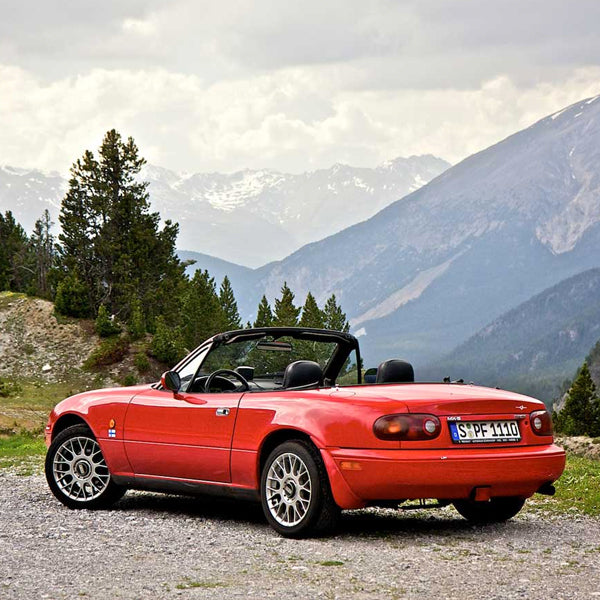I feel it used to be easier to identify. In the early 2000s, it seemed more universal: there was a generalized idea that anything pre-1980 fit the bill. Take a seat, folks: it’s 2016, as inthirty-six years since 1980. There are now highly sought after collectible cars from the ’80s and ’90s that weshould be considering classics—feel old yet?
Here’s where I stand: any vehicle with a smidgen of historical or mechanical significance…and even modest collectability should be considered a classic.


Another measure I like to use is whether the vehicle at hand is now old enough to essentially need a complete restoration. A cheap NA1 NSX—if you can find one—likely needs a complete suspension overhaul, all new rubber seals and gaskets, a tune up at a minimum, and likely some new upholstery and freshened paint.
If you’re on edge whether or not a vehicle is considered a “classic,” referring to the NHTSA’s grey market import exemption seems to be another reasonable standard. According to NHTSA.gov, U.S. Customs will permit any,“… motor vehicle that is at least 25 years old can be lawfully imported into the U.S. without regard to whether it complies with all applicable FMVSS (Federal Motor Vehicle Safety Standards).” The Federal Government grants FMVSS exemption for all grey market vehicles at least 25 years old and the Environmental Protection Agency waives federal mandated emission requirements for all vehicles 21 years or older—just check NHTSA form HS-7, Box 1.
Now, some more modern vehicles have been knighted classic by the enthusiast kingdom. The BMW E30 M3, Toyota W10 MR2, and Toyota ‘AE86’ are a few recently-anointed classics that come to mind.


The original Honda NSX and CRX ,Foxbody Ford Mustang, MK IV Toyota Supra, Mazda FD RX7 and NA Miata along with many, many others seem to be on a teetering acceptance as classics, and I don’t think that’s right.
Perhaps it’s because we’re all still unconsciously remembering ’80s and early ’90s cars as just “older cars,” not permitted into the classic circle—and I just can’t seem to understand why. I’m biased having grown up in the era, but some of my all-time favorite automobiles were produced in the 1990s, and I think it’s about time we collectively starting referring to select models as the classics they are—perhaps based on the criteria mentioned above.
Of course, this is just my opinion on the matter, but we want to hear what you readers think. Is there a particular year “cut-off” for what defines a classic car, or is it a rolling number like the federal classic car import exemption? Do we need another term to separate vehicles post–pick-a-year ? Tell us what you think in the comments!





Image Sources: Yoav Gilad, Aaron McKenzie, Lauri Ahtiainen, pistonheads.com, autoevolution.com, paintref.com,




















































